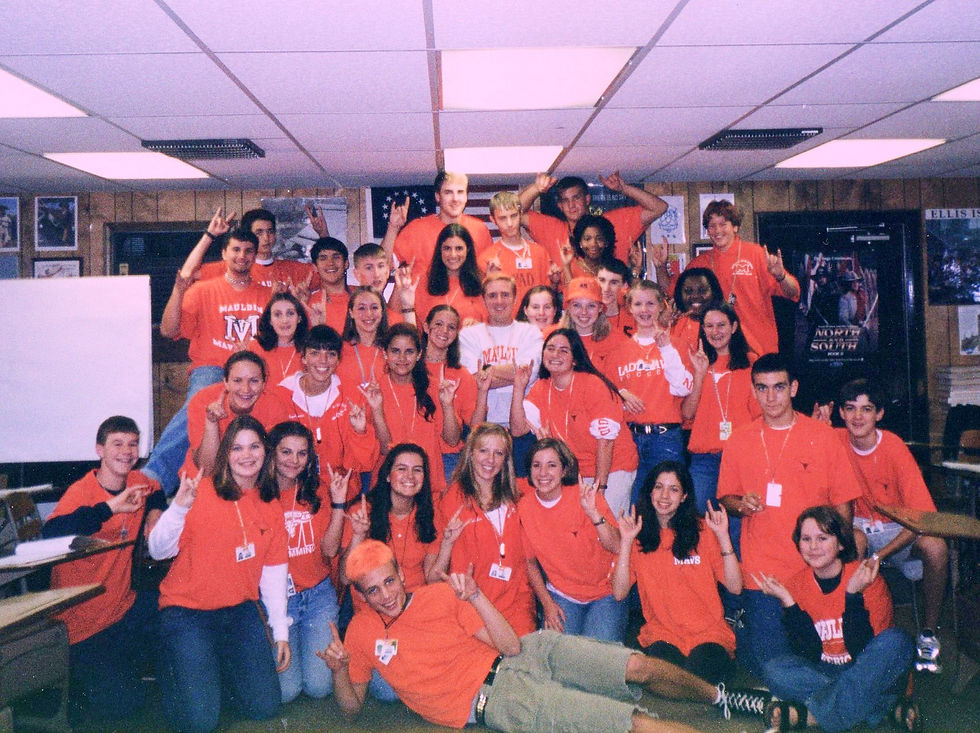Announcing the Release of Imagineering Education
- Thomas Riddle

- Sep 2
- 3 min read

In many ways, the modern classroom has not changed much in over a century. Rows of desks, neutral walls, and minimal personalization are still common. Too often, the spaces where students learn are uninspired and utilitarian. While the world outside continues to evolve at a rapid pace, too many schools remain stuck in outdated models that fail to reflect the creativity, engagement, and innovation we hope to cultivate in our students. I believe that can change.
That belief is why I wrote Imagineering Education: A Guide to Creating the Most Magical Schools on Earth. In this book, I challenge teachers and administrators to rethink how learning environments are designed. Drawing on lessons from Disney theme parks and the creative processes of the Imagineers who built them, I explore how schools can become places of wonder, spaces that inspire curiosity, celebrate student voice, and create emotionally resonant experiences.
I am not calling for classrooms to become amusement parks. I am calling for intentional design that prioritizes the human experience of learning. Informed by research in cognitive science, environmental psychology, and my own decades of educational leadership, Imagineering Education presents a vision for schools that ignite both minds and hearts.
Designing for Engagement, Immersion, and Belonging
At the core of this book is my conviction that school should be more than a place where content is delivered. It should be a place where students feel seen, valued, and engaged. The environments we create send powerful messages to students about what we value. A sterile, impersonal space may unintentionally communicate that learning is passive and routine. In contrast, a thoughtfully designed classroom can signal that learning is dynamic, meaningful, and worth caring about.
In the book, I share practical strategies rooted in the same principles used by Disney Imagineers: environmental storytelling, theme-driven design, attention to detail, and a deep understanding of audience experience. I show how these strategies can be adapted to schools to help educators create learning environments that foster focus, creativity, and emotional connection.
Beyond Aesthetics: A Framework for Change
This book goes beyond surface-level ideas and offers a framework for transformation. You will find tools for:
Designing immersive, student-centered learning spaces
Using storytelling to deepen engagement and comprehension
Aligning school culture, curriculum, and environment with shared values
Encouraging creativity, collaboration, and critical thinking across grade levels
Addressing student behavior and attention challenges through intentional design of space and experience
I also include real-world examples from schools and classrooms that have embraced this approach. My hope is that you will find both inspiration and practical guidance for taking steps toward change, no matter your budget or context.
A Vision for the Future
At a time when many students are disengaged and educators are overwhelmed, I believe we need a shift in perspective. Students do not simply need better instruction. They need better experiences, and the adults in the building, no matter their role, have the power to provide them. Students need to feel a sense of purpose, connection, and possibility in their learning journeys.
Creating magical schools is not about fantasy. It is about building environments that reflect our highest hopes for education: spaces where every child is inspired to learn, grow, and thrive.
If you believe that school can and should be more than what it is today, then this book is both a practical guide and a bold invitation to reimagine what is possible.
The Kindle edition is available now, and the paperback edition will be released next Tuesday, September 9.




Comments